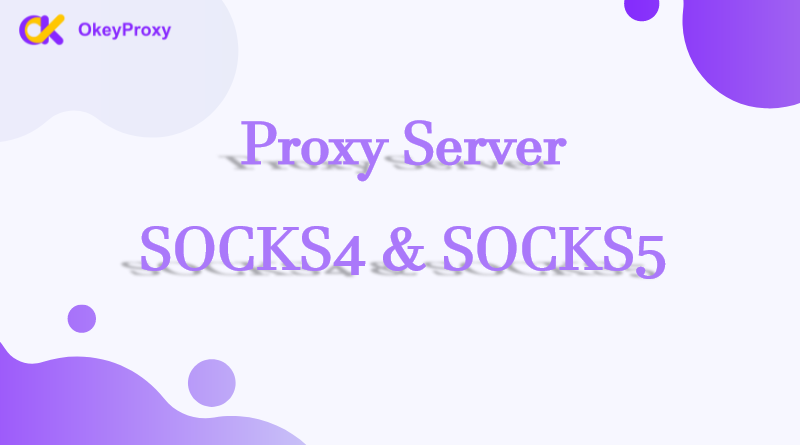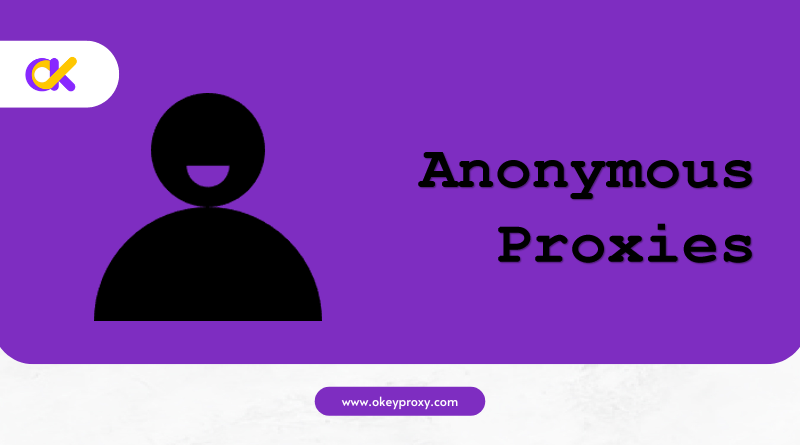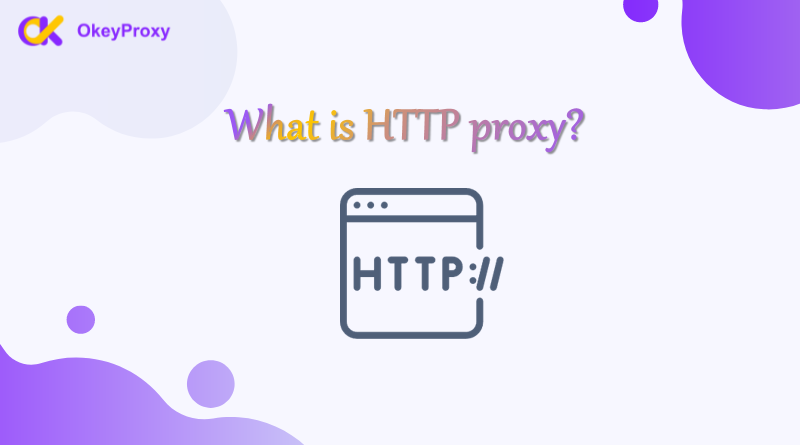Proxies are always like an online sidekick, helping users stay anonymous, dodge geo-restrictions, and improve connection speeds. Among the many proxy types out there, proxy server SOCKS4 and proxy server SOCKS5 are two popular options. But what exactly are SOCKS4 proxy and SOCKS5 proxy, and how do they differ?
Let’s break it down in a way that’s easy to follow, so you can figure out which one fits your needs best.
What Is SOCKS Proxy Server Meaning?
A SOCKS proxy server is an intermediary server that routes network traffic between a client and a destination server using the SOCKS (Socket Secure) protocol. Unlike HTTP proxies, which are designed specifically for web traffic, SOCKS proxies operate at a lower level and can handle a variety of traffic types, including web browsing, file transfers, and email. SOCKS proxies support TCP and UDP connections, making them versatile for different applications.
A common use of SOCKS proxies is for enhancing privacy, bypassing restrictions, or enabling secure connections in applications that do not natively support proxy settings. SOCKS5, the latest version, adds features like authentication and better performance, making it particularly popular for advanced tasks like gaming, video streaming, and P2P file sharing.
More information: Proxy HTTP vs SOCKS: Qual deles escolher?
SOCKS4 Proxy vs. SOCKS5 Proxy [Comparison]
SOCKS4 and SOCKS5 are two versions of the SOCKS protocol, both designed to facilitate secure data transmission between clients and servers by routing traffic through a proxy. However, they differ in features, capabilities, and use cases.
| Caraterística | SOCKS4 | SOCKS5 |
|---|---|---|
| Protocol Support | Only supports TCP connections. | Supports both TCP e UDP, making it more versatile. |
| Autenticação | Does not offer authentication mechanisms. | Provides authentication options, including username/password authentication. |
| IPv6 Compatibility | Limited to IPv4 addresses. | Supports both IPv4 e IPv6, ensuring broader compatibility. |
| Encriptação | No built-in encryption. | No encryption by default, but better compatibility with encrypted protocols. |
| Connection Speed | Typically faster due to fewer features. | Slightly slower due to additional functionalities. |
| Casos de utilização | Basic tasks like web browsing or simple data transfers. | Advanced use cases like gaming, streaming, VoIP, and P2P file sharing. |
| Error Handling | Limited error reporting capabilities. | Improved error reporting and handling for better reliability. |
Meet Proxy Server SOCKS4: The Classic Option
What is SOCKS4? SOCKS4, an earlier version of the SOCKS protocol that handles TCP (Transmission Control Protocol) traffic, allowing users to route their data through a proxy server, is like the older sibling of SOCKS5. It’s reliable for basic tasks like web browsing and downloading files.
What Is Proxy Server SOCKS4 Good At?
- SOCKS4 proxies hide your IP and keep your online activities anonymous.
- SOCKS4 proxies route TCP traffic, which is perfect for things like HTTP requests and basic browsing.
Where Does Proxy Server SOCKS4 Fall Short?
- SOCKS4 proxies don’t support UDP and can’t handle real-time stuff like gaming or video calls.
- Your data under SOCKS4 proxies isn’t protected from prying eyes.
If you’re just doing some simple browsing or downloading, SOCKS4 protocol works fine. But if you need more flexibility, you might want to look at proxy server SOCKS5.
Find Proxy Server SOCKS5: The Upgraded Type
What is SOCKS5? As an upgraded version of the SOCKS protocol, SOCKS5 is similar to SOCKS4, but with a lot more bells and whistles, offering enhanced features and compatibility. It supports both TCP and UDP traffic, making it more versatile than SOCKS4.
What Makes Proxy Server SOCKS5 Stand Out?
- SOCKS5 proxies handle both TCP and UDP protocols, which are ideal for web browsing, gaming, and VoIP services.
- As authentication of SOCKS5 proxies, you can use a username and password for extra security.
- Designed to keep your connection fast and stable, SOCKS5 proxies have improved performance.
- SOCKS5 proxies support IPv6 and offer better error reporting.
If you want something that works for almost everything, proxy with SOCKS5 protocol is the way to go.
When to Use SOCKS4 Proxy vs. SOCKS5 Proxy?
Between proxy server SOCKS4 and proxy server SOCKS5, which one should you use?
Go for SOCKS4 if:
- You need basic IP masking for non-sensitive tasks.
- You just need something simple for browsing or downloading.
- You don’t need real-time support like gaming or voice calls.
Pick SOCKS5 if:
- You require UDP support for gaming, streaming or VoIP.
- Security and authentication are priorities.
- You want a proxy that can handle almost any task.
Getting Your Ideal SOCKS Proxy Provider
If you’re looking for reliable SOCKS4 or SOCKS5 proxies, check out providers known for speed and security. For example, OkeyProxy offers top-notch SOCKS5 proxies that are fast, secure, and perfect for all kinds of uses.
Why OkeyProxy?
OkeyProxy stands out as an exceptional choice for SOCKS proxy services due to its advanced features, reliability, and user-oriented approach.
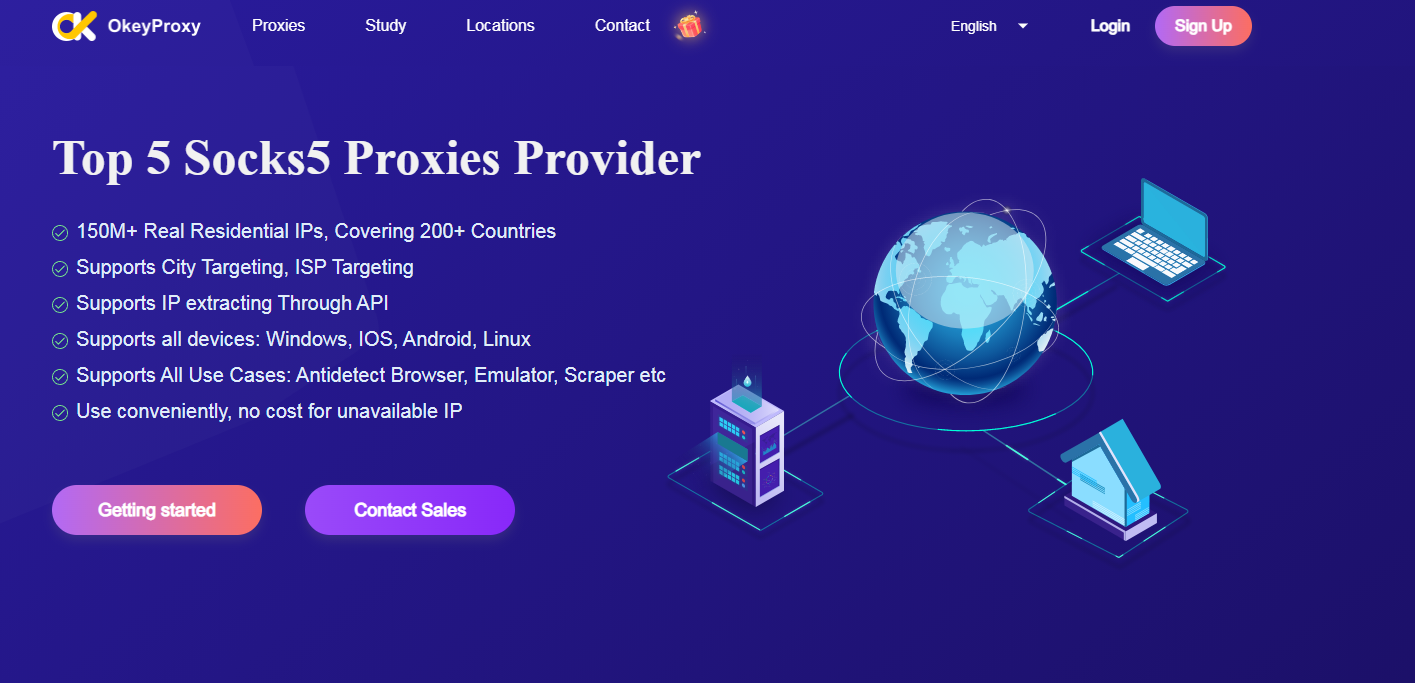
Obtain Excellent SOCKS5 Proxy!
- Support for SOCKS5 proxies with fast speeds, stable connections and low latency.
- Secure authentication to ensure user privacy, staying safe and anonymous online.
- Extensive global servers can access content from anywhere in the world.
- Competitive pricing plans without compromising on quality, catering to both individual users and businesses.

How to Add SOCKS4/5 Proxy To Devices
Adding a SOCKS4 or SOCKS5 proxy to your device or application can enhance privacy, allow bypassing geo-restrictions, or enable secure browsing. The process depends on the platform or software you’re using. After getting proxy details, such as IP address, port, etc., here’s a general guide for common environments:
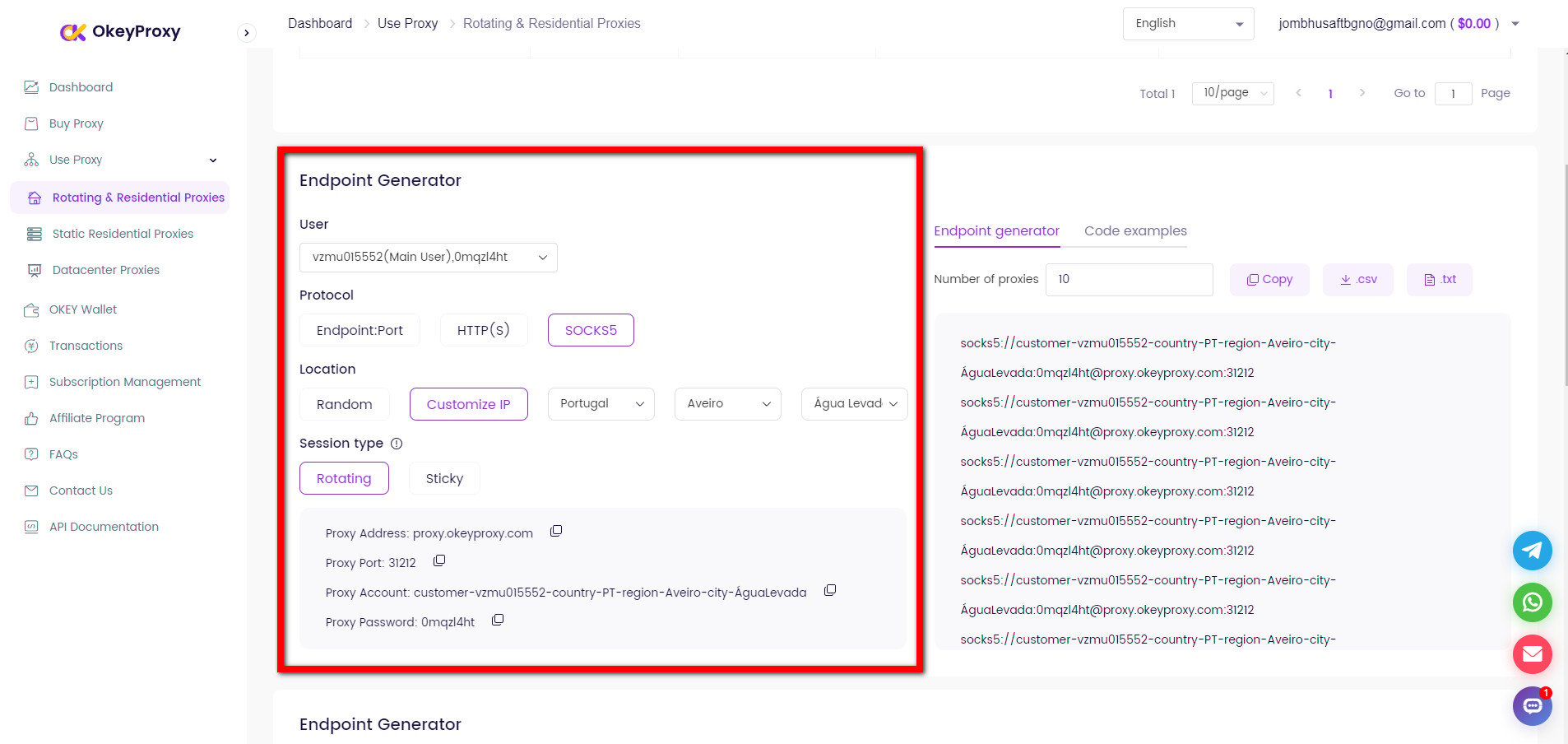
SOCKS Proxy in Google Cromado
To use a SOCKS proxy in Google Chrome, you’ll need to configure it through your system’s proxy settings:
- Open Chrome and type chrome://settings/ in the address bar.
- Scroll down and click on Advanced.
- Under System, click Open your computer’s proxy settings.
-
This will open the system settings (on Windows, it’s the “Internet Properties” dialog).
-
On Windows:
Go to the Connections tab, click LAN settings, and check Use a proxy server for your LAN. Enter your SOCKS proxy IP and port.
-
On Mac:
Open System Preferences → Network → Advanced → Proxies. Select SOCKS Proxy and enter the IP and port.
-
- Save the settings and restart Chrome.
SOCKS Proxy in Mozilla Firefox
Firefox allows you to configure a SOCKS proxy directly within its settings:
- Open Firefox and click on the three horizontal lines (menu) in the upper-right corner.
- Go to Settings → General → scroll down to Network Settings.
- Click on Settings under the “Network Settings” section.
- In the dialog box, select Manual proxy configuration.
- Under SOCKS Host, enter the proxy server’s IP address and port.
- Choose either SOCKS4 or SOCKS5 from the drop-down menu.
- Click OK to save the settings.
SOCKS Proxy in Windows (System)
- Open the Settings menu via the Start menu.
- Go to Network & Internet → Proxy.
- Scroll down to Manual proxy setup and enable Use a proxy server.
- Enter the SOCKS proxy’s IP address and port in the corresponding fields.
- Click Save to apply the settings.
Note: This will route all traffic from your device through the SOCKS proxy.
SOCKS Proxy in macOS (System)
- Open System Preferences and go to Network.
- Select the network interface (Wi-Fi or Ethernet) you’re using and click Advanced.
- Go to the Proxies tab.
- Check the box for SOCKS Proxy and enter the proxy’s IP and port.
- Click OK and then Apply to save the settings.
SOCKS Proxy in an Application
If you are using a specific application or programming tool, such as cURL or Python, you’ll need to configure the proxy settings within the tool.
Para cURL:
curl --proxy socks5://[proxy_ip]:[port] [url]Para Python (using requests library):
proxies = {
'http': 'socks5://[proxy_ip]:[port]',
'https': 'socks5://[proxy_ip]:[port]',
}
response = requests.get('http://example.com', proxies=proxies)
print(response.text)FAQs
-
Do SOCKS4 and SOCKS5 Work with All Websites?
Both SOCKS4 and SOCKS5 proxies can be used to access most websites, but some websites may block proxies or specifically detect SOCKS5 traffic. SOCKS5 is generally more reliable for bypassing these blocks due to its additional features.
-
Are SOCKS4/5 Proxies Legal?
Yes, using SOCKS4 or SOCKS5 proxies is legal in most regions. However, how proxies are used (such as bypassing local laws, accessing prohibited content, or engaging in illegal activities) could make the usage unlawful. Always check local regulations regarding internet usage.
-
Can SOCKS4 or SOCKS5 Proxies Improve Internet Speed?
Not necessarily. While proxies can improve perceived performance by reducing latency in certain cases, such as connecting to servers in closer proximity, they can also slow down connections due to additional routing. The speed depends on the quality of the proxy server and network conditions.
Wrapping It Up
Proxy server SOCKS4 and proxy server SOCKS5 both have their perks, but the choice really depends on what you need. For simple tasks, SOCKS4 does the job. But if you’re after versatility, speed, and security, SOCKS5 is the clear winner.
Ready to level up your proxy game? Dive into the world of SOCKS proxies and see how they can make your online experience smoother and more private. And when in doubt, trusted providers like OkeyProxy have your back!


![Explorar e aceder ao melhor serviço de proxy JP [Tutorial] serviço proxy do japão](https://www.okeyproxy.com/wp-content/uploads/2024/10/japan-proxy-service-150x83.jpg)

![Qual é um bom sítio de destino para proxies? [Melhores tipos] qual'é um bom sítio de destino para proxies](https://www.okeyproxy.com/wp-content/uploads/2024/10/good-target-site-for-proxies-150x83.jpg)




![Por que um hacker usaria um servidor proxy [Resposta] porque é que um hacker utilizaria um servidor proxy](https://www.okeyproxy.com/wp-content/uploads/2024/09/hacker-use-proxy-server-150x83.jpg)













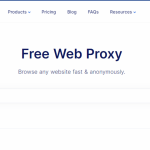














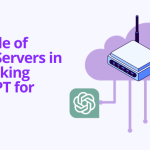






![Notícias do Banimento! Pornhub bloqueado nos Estados Unidos [Desbloquear agora] pornhub bloqueado nos estados unidos - ban news](https://www.okeyproxy.com/wp-content/uploads/2025/01/pornhub-blocked-in-us-states-150x83.png)
